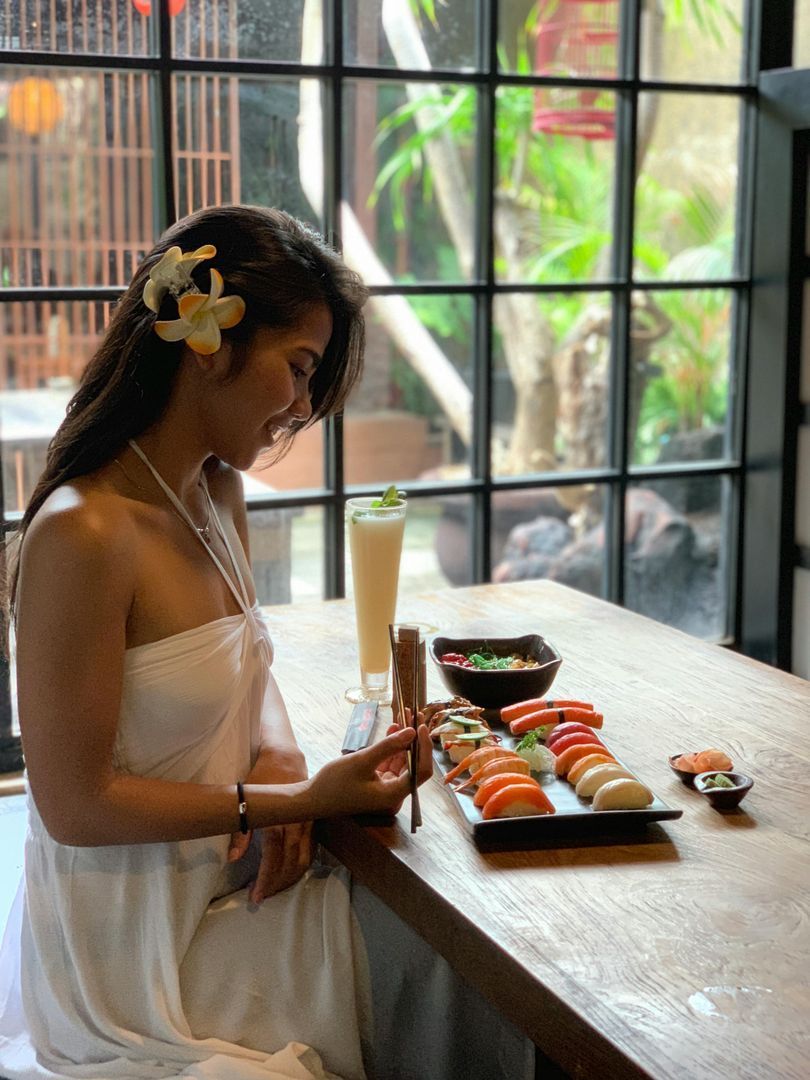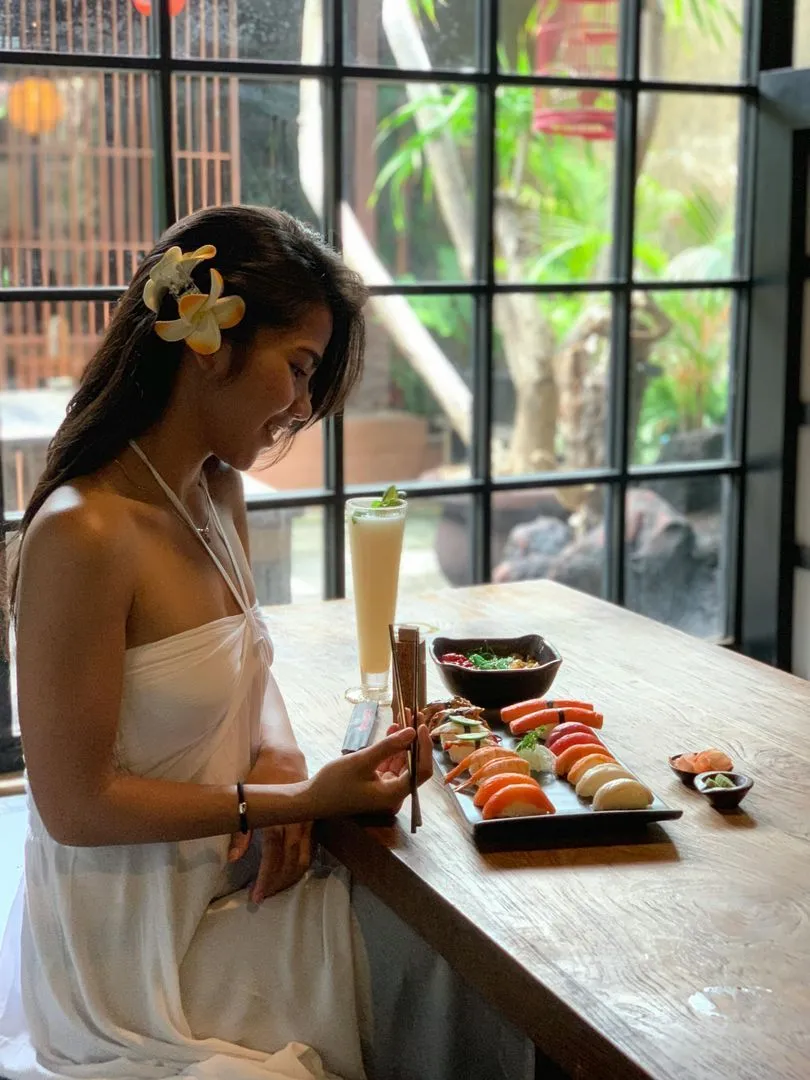Food as a Tool of Power: From Emperors Tables to Instagram Dishes

Eating is a daily act, but by no means trivial. Every food choice, conscious or not, reflects a system of values, beliefs, economic and cultural possibilities. Since ancient times, what ends up on the plate has been a reflection of power. Elites have always used food to assert their status and draw lines of separation. Today, in the age of social media and food trends, this phenomenon not only persists but takes on new and more insidious forms. This article aims to offer a critical reading of the evolution of food as a device of social distinction, raising uncomfortable questions about the false promise of a democratization of food.
Ancient Rome: Eating to dominate
In the Roman world, food was a form of political language. The upper classes hosted sumptuous banquets to display not only wealth, but also control over the empires global resources. Oysters from Gaul, spices from the East, prized meats: every dish conveyed power. In contrast, the common people ate bread, legumes, and spelt polenta.
Food was also used for manipulation: the annona, the free distribution of grain, was a tool to prevent revolts. Feeding the masses meant keeping them at bay, while true cooking remained the privilege of the elite.
Middle Ages: hierarchy and penance
With the fall of the Empire and the rise of the Church, food became a symbol of order and penance. Diet reflected social class and divine order. Nobles ate meat, game, and spicy sweets. Peasants ate soup, brown bread, and vegetables. Religion intervened, dictating times and methods: fasting, fasting days, and Lent strengthened the symbolic control over the masses.
But the elites transgress. With papal dispensations and private concessions, the rich eat meat even on forbidden days. In this way, even asceticism becomes a domain of distinction.
Industrialization: the birth of the food bourgeoisie
The nineteenth century revolutionized food: industrial production made food available at low cost, but a new form of differentiation emerged. The lower classes ate quickly, standardized foods, often preserved. The bourgeoisie responded by creating its own eating style: multi-course dinners, codes of table manners, and an aesthetic of good taste.
Pierre Bourdieu calls it cultural capital: the way one eats becomes a symbol of belonging. Bourgeois etiquette serves to distinguish oneself from those who eat out of necessity.
Twentieth Century: Consumerism and New Symbols
In the postwar period, food became a symbol of the American dream. Fast food emerged, accessible and quick, seemingly democratic. But soon, new hierarchies emerged here too: those who could, avoided mass-produced food. Artisanal, organic, and locally sourced products gained prominence.
Food marketing creates the illusion of luxury for all: supermarkets with premium products, advertisements evoking authenticity, tradition, and quality. In reality, those with cultural tools and purchasing power know how to distinguish between pretence and authenticity. Others consume the image of well-being, not well-being itself.
Today: Algorithms, Aesthetics, and Deception

Food in the 21st century is more about image than nourishment. Instagram, TikTok, and YouTube transform every dish into shareable content. Carefully arranged plating, thoughtful filters, and strategic tags: performance at the table replaces pleasure.
But this aestheticization comes at a price. Eating healthy, beautiful, and Instagrammable food requires time, knowledge, and money. A €20 bowl of avocado, sprouts, and ancient seeds is often out of reach for many families.
Those with fewer resources are bombarded with junk food advertised as fun, cheap, and convenient. Food choice becomes a fiction: not everyone truly has a choice.
Conclusion: giving meaning back to food
Eating should be an act of freedom, not a gesture conditioned by the market or social judgment. Recovering the profound meaning of food means questioning who has access to what, and how inequalities hide behind glossy photos and health trends.
Making food truly inclusive requires policies, education, but also collective awareness. Its not enough to share a photo of homemade bread: we need to understand why that gesture is still a privilege today.
#consciousfood #foodpower #foodforthought

flavio_campaniolo
Data di inserimento 09 giu 2025
Report article


Comments
There are no comments yet.